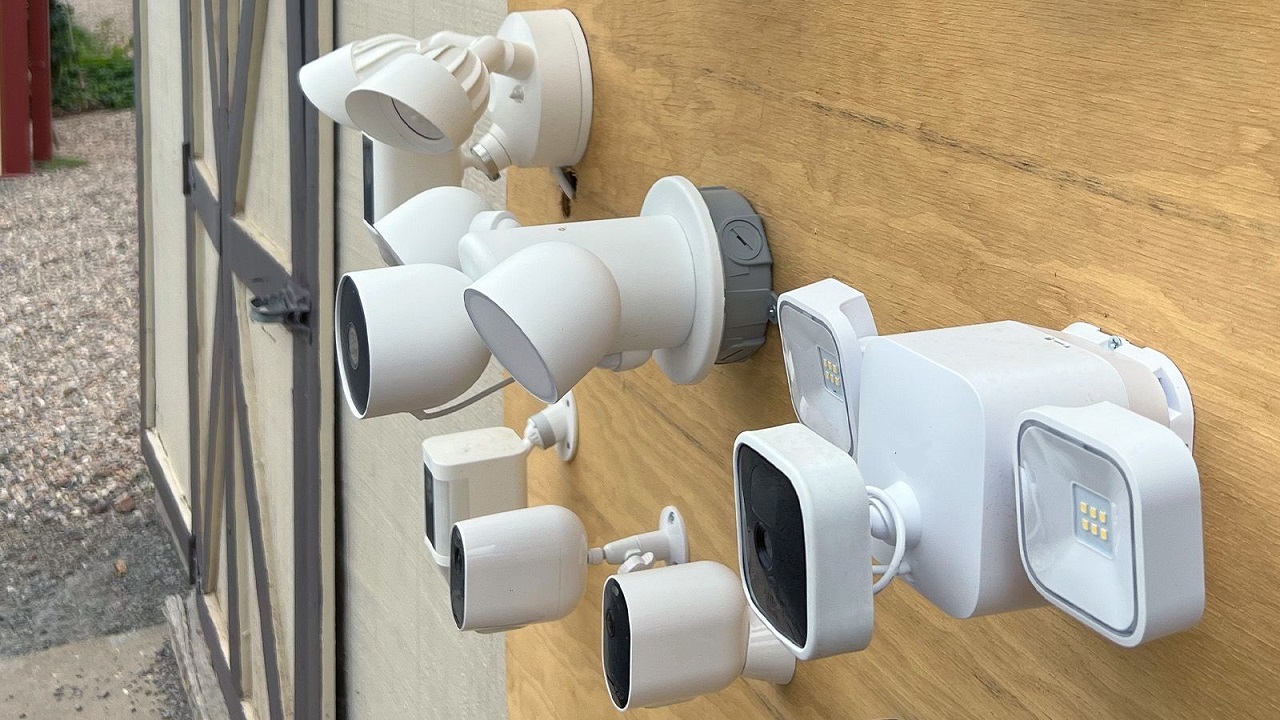The housing and assistance given to those seeking safety in emergency shelters or relief centers are crucial factors that matter during natural disasters or humanitarian situations. Thanks to the advancement of technology, surveillance systems, including security cameras, are now considered the necessary tools in heightening the security levels and the well-being of the displaced persons and the relief workers. This article specifically deals with the part that wired outdoor security cameras play in disaster relief operations regarding their advantages, dilemmas, and ethical problems.
Enhancing Safety and Security
One crucial part of the surveillance system in charge of guaranteeing safety in emergency shelters and assistance centers is security cameras. The cameras can present the current images of the premises to the authorities and they can detect, identify, and respond to any security threats like burglary, theft, and violence within a short time. Additionally, surveillance cameras perform a function of deterring the rise in criminal activities, which in turn means that the vulnerable people who are seeking shelter during times of crisis might be doing so in a safer environment.
Facilitating Emergency Response
In disaster recovery, making decisions promptly and accurately is essential. Emergency respondents guide surveillance cameras to get a clearer picture of the situation and distribute resources well. The instantaneous visual information on crowd movements, resource allocation, and infrastructure damage facilitated by these cameras ensures that authorities can effectively allocate response efforts and address vital needs promptly. Thus, surveillance with modern security cameras is more reliable than outdated security cameras.
Monitoring Health and Well-being
On top of other security issues, surveillance cameras can be used as monitoring tools for the health and well-being of the evacuees and relief workers. By watching people’s movement around the crowd, the authorities can figure out who needs medical care or shows any signs of distress. Surveillance footage can also facilitate contact tracing efforts in situations of disease outbreaks, which may lead to the prevention of the spread of infectious diseases throughout the shelter area.
Challenges and Ethical Considerations
Although the cameras mounted on the surveillance offer massive benefits in disaster recovery scenarios, their use of them is not without ethical considerations. Privacy issues are the most important, as people in shelters, who seek refuge in emergency shelters at the moment of the crisis, have a right to privacy and confidentiality even in the time of emergency. Setting up a stringent policy on the recording, storing, and using of surveillance footage is highly necessary, to ensure that privacy is respected while safety remains guaranteed.
Conclusion
Surveillance cameras are being used as a means to ensure better safety of the displaced, faster emergency responses, and health checks on the evacuees, relief workers, and the affected communities. While using them, ethical matters must be in the foreground, such as the rights to privacy and data protection. Achieving a fine equilibrium between security concerns and individual rights is indispensable as the use of surveillance technology will be needed more than ever to ensure the safety of communities during crises.


